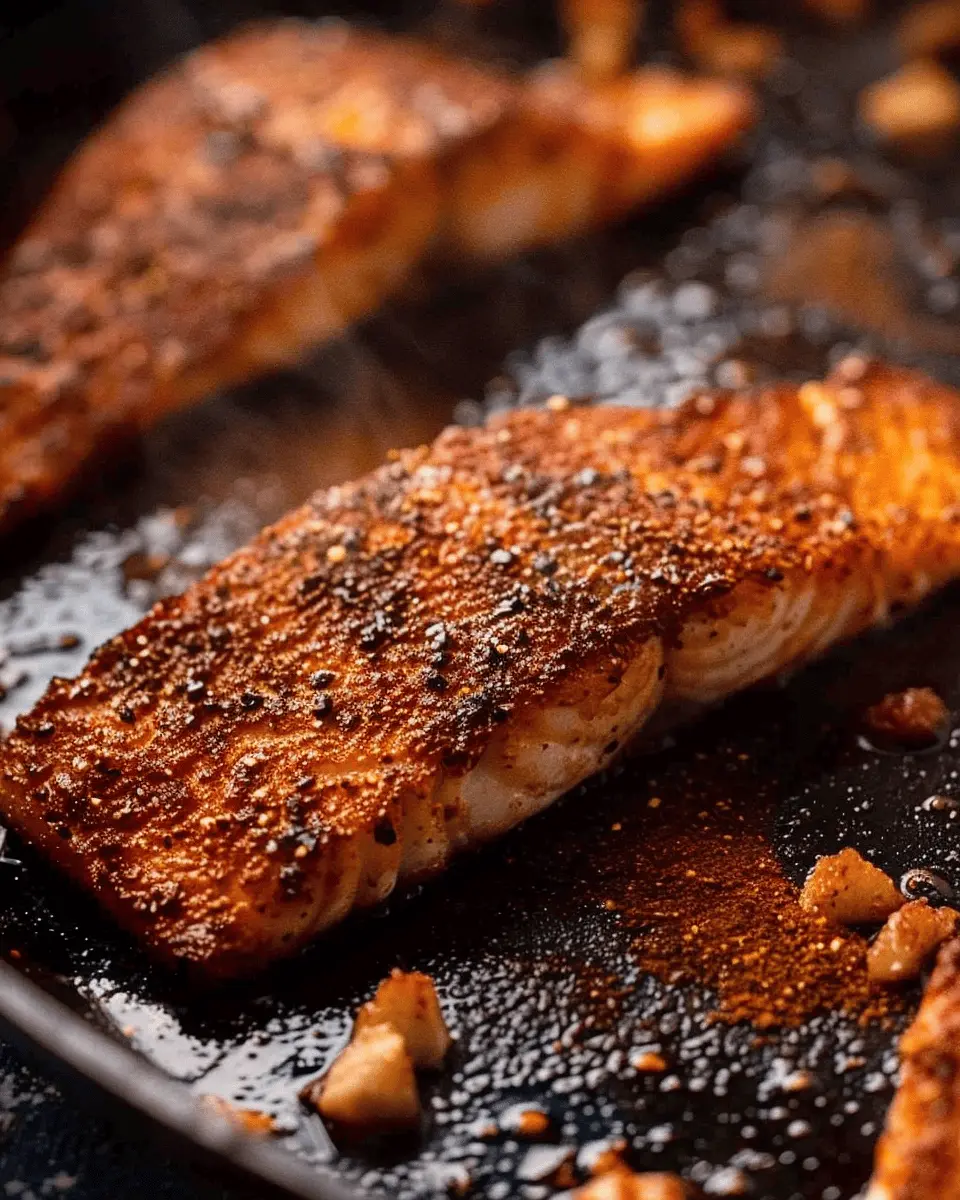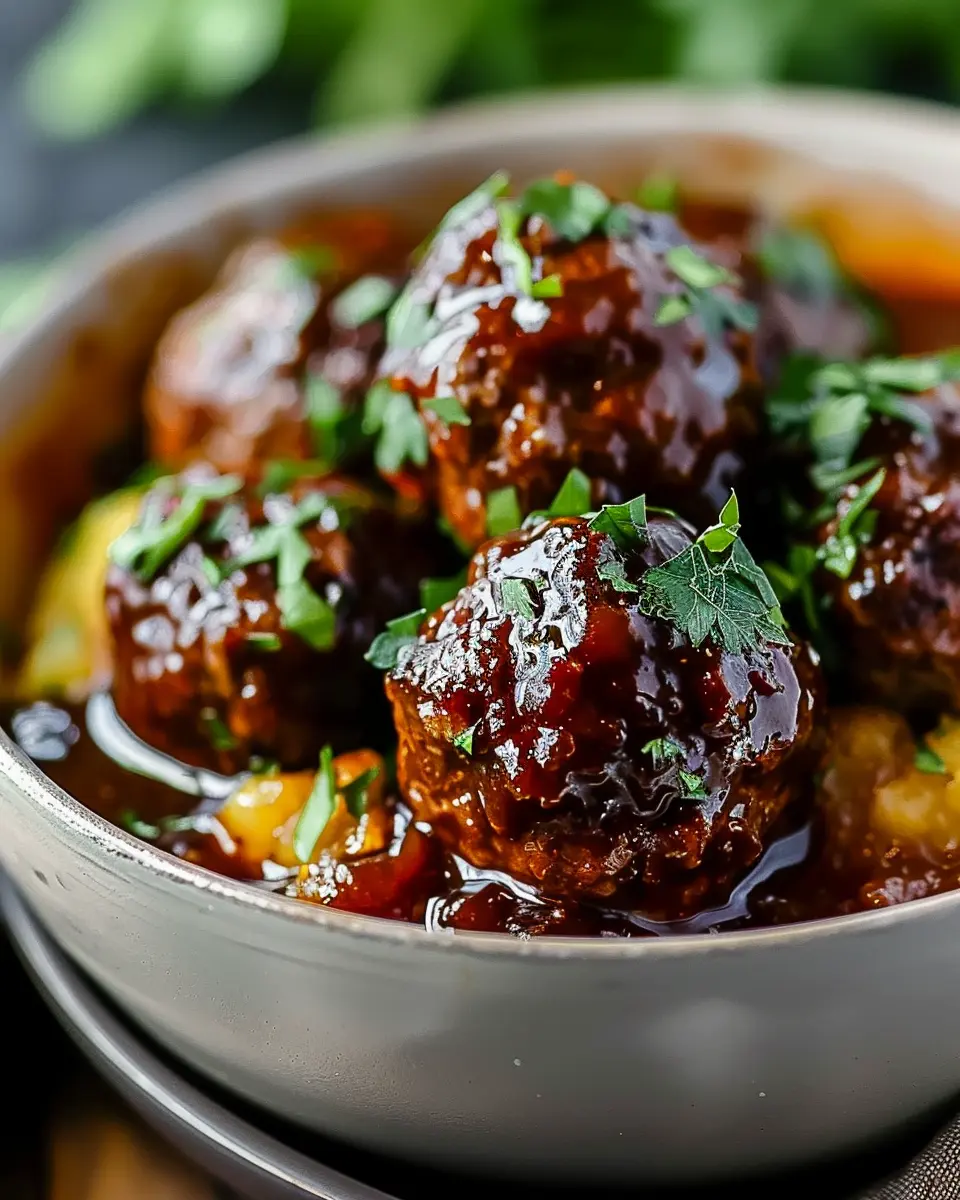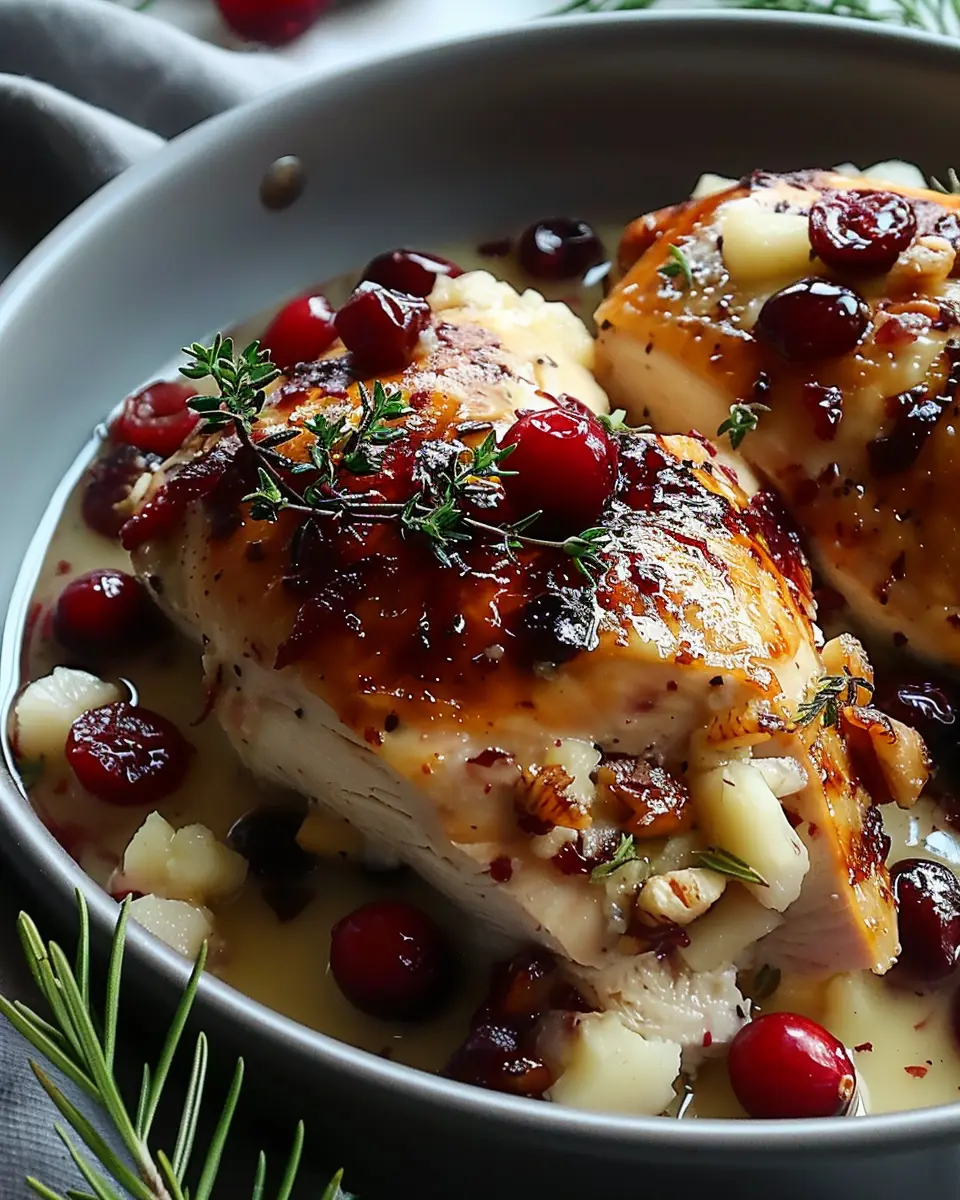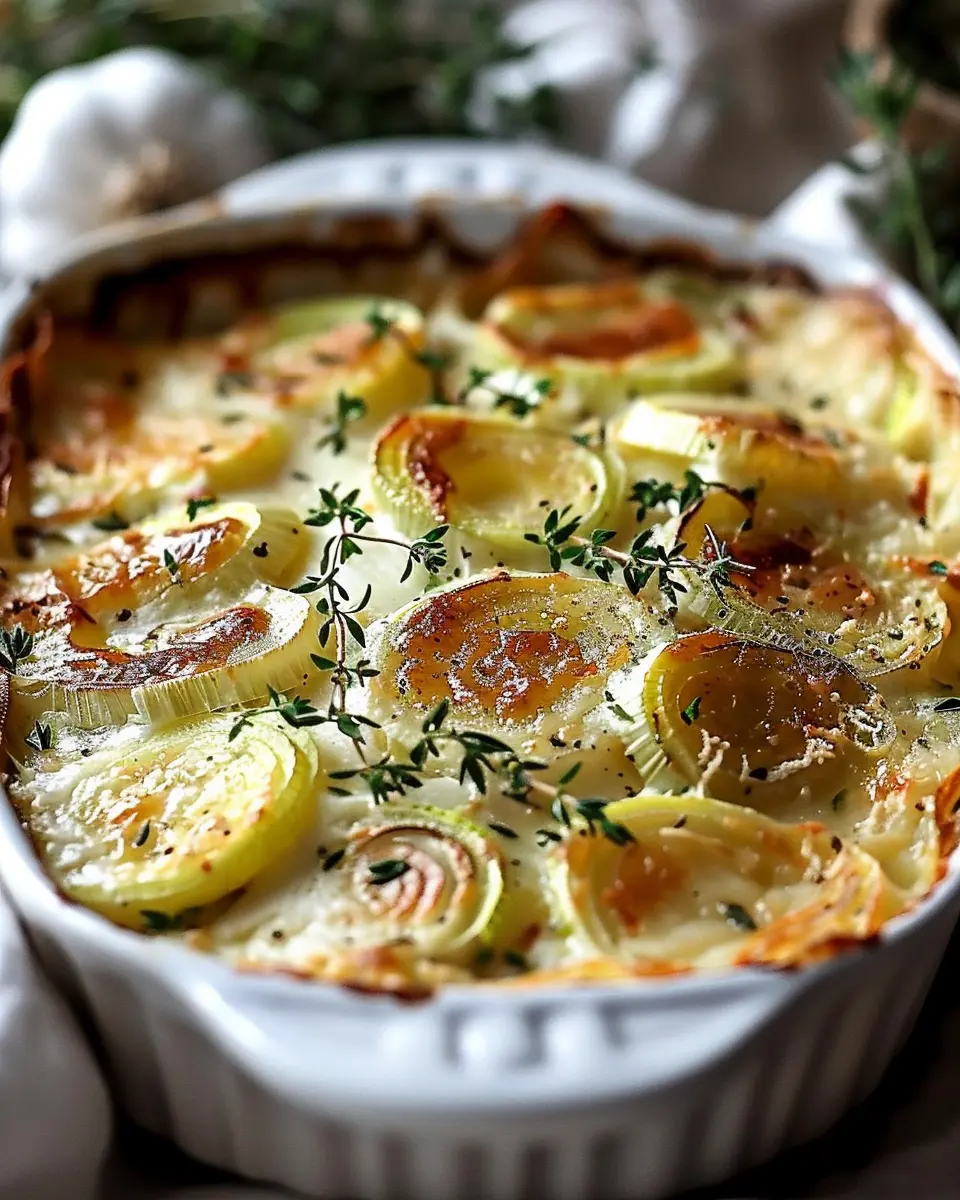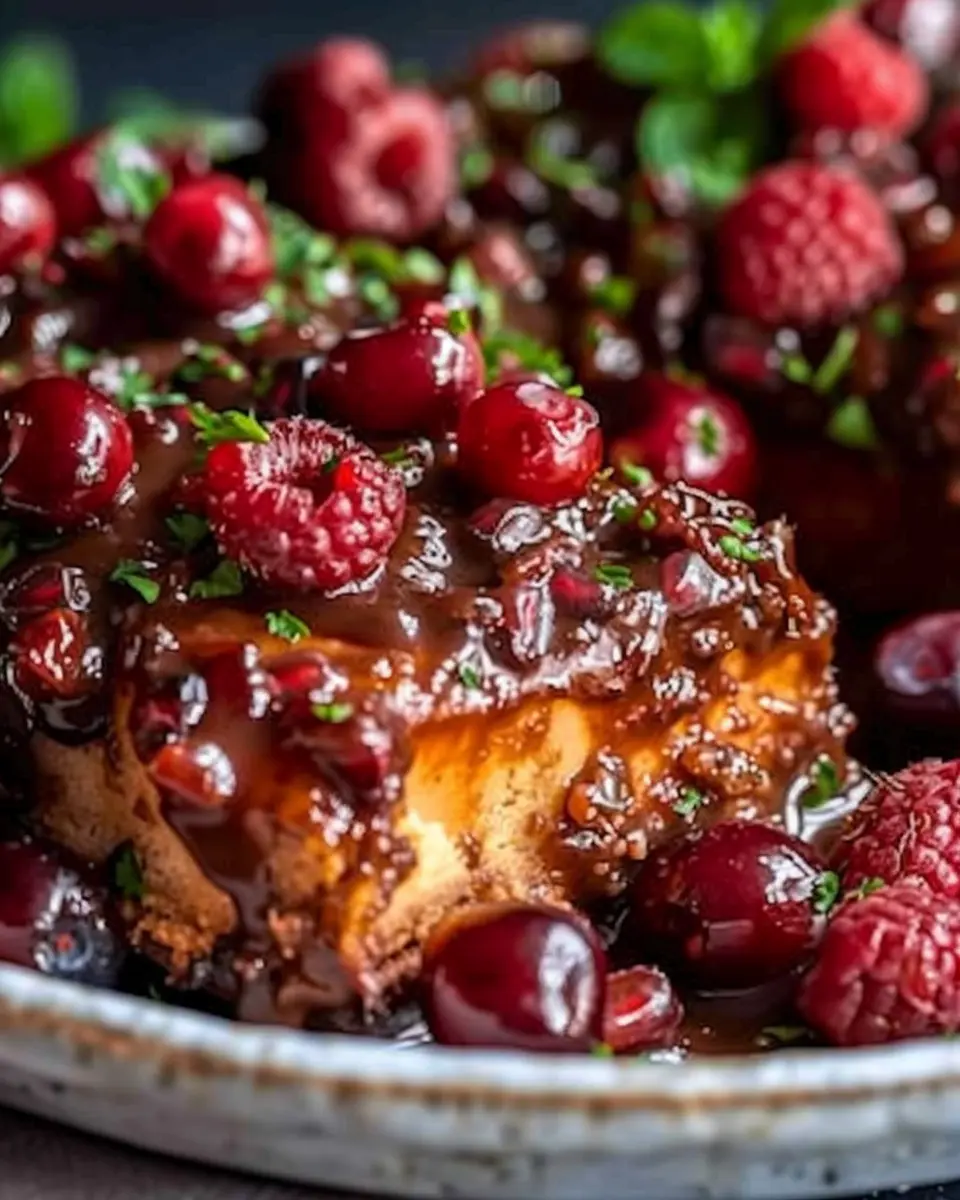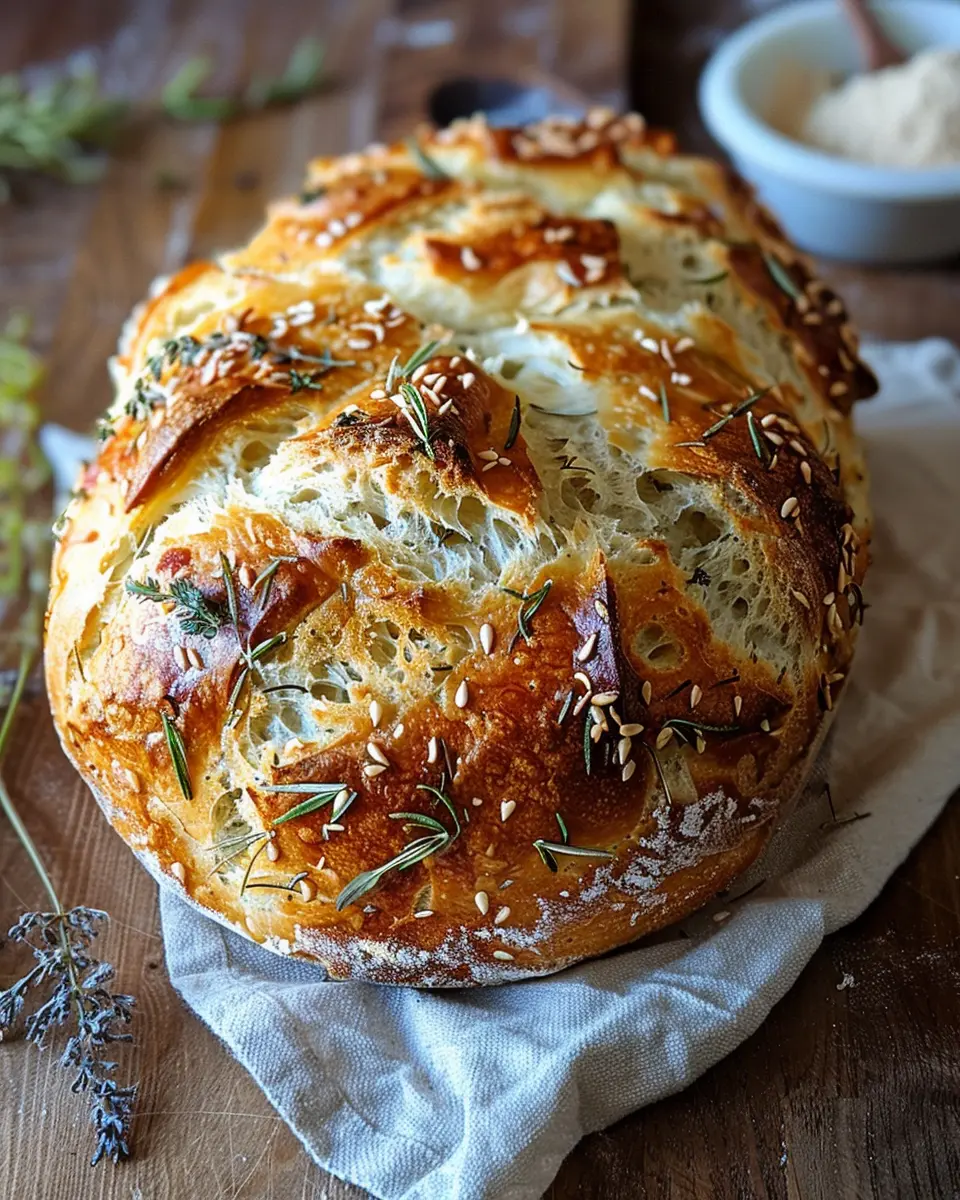Introduction to Fish Seasoning
When diving into the world of home cooking, fish seasoning might not be the first item on your grocery list, but it plays a pivotal role in elevating your dishes. Whether you’re a novice in the kitchen or a seasoned chef, understanding how to enhance the flavors of fish can transform a simple meal into a culinary masterpiece.
Why is Fish Seasoning Essential in Home Cooking?
At its core, fish seasoning does more than just add flavor; it complements and enhances the natural characteristics of the fish. Depending on the type of fish—be it a mild white fish like cod or a rich salmon—different seasonings work wonders.
Consider the unique flavor profiles of fish. Light and flaky varieties can benefit from citrus zest, herbs, and delicate spices, while richer fish can stand up to bolder seasonings like smoked paprika or even chili flakes. According to a study by the USDA Food Composition Databases, fresh herbs and spices not only amplify flavors but also contribute health benefits, making them a smart addition to your pantry.
Here are a few reasons why investing time in fish seasoning is essential:
-
Health Benefits: Incorporating fresh herbs and spices can boost the nutritional value of your meal. Ingredients like garlic and ginger have anti-inflammatory properties and can support your immune system.
-
Versatility: Mastering a few staple seasonings can inspire you to create a variety of fish dishes. If you customize your approach to seasoning, one recipe can feel completely different the next time you make it.
-
Culinary Confidence: Experimenting with flavors increases your knowledge about cooking and can make you feel more confident in the kitchen. The more you understand how to pair herbs and spices, the more exciting your meals will become.
Whether you’re preparing a simple weeknight dinner or hosting a dinner party, the right fish seasoning can make your dish shine. As you explore different flavor combinations, don’t hesitate to check out resources like the Herbs and Spices in Cooking guide from the American Culinary Institute to unlock more secrets. Remember, the best meals are often the result of a bit of creativity and a lot of passion!
Ingredients for Fish Seasoning
Common Spices and Herbs for a Basic Fish Seasoning
Creating a delicious fish seasoning is simpler than you might think! It all starts with a few staple herbs and spices that complement the natural flavors of fish wonderfully. Here’s a go-to list:
- Salt: Essential for enhancing overall taste.
- Black Pepper: A classic for a little kick.
- Garlic Powder: Adds depth and aromatic flavor.
- Paprika: For mild heat and a pop of color.
- Dill: This herb offers a lovely freshness that pairs perfectly with fish.
For more on the benefits of these ingredients, check out this herb guide from the National Center for Home Food Preservation.
Optional Ingredients for Added Flavor
Want to elevate your fish seasoning game? Consider these optional ingredients:
- Cayenne Pepper: If you enjoy heat, this is a must-try!
- Lemon Zest: Brightens up the flavor profile.
- Thyme: For an earthy touch.
- Cumin: Adds a warm, nutty essence.
Mix and match these seasoning ingredients to create a blend tailored just for your palate. Your fish will thank you!
Preparing Fish Seasoning
Creating your own fish seasoning is a simple yet rewarding task that can elevate your meals and impress your dinner guests. Whether you’re a culinary novice or a budding chef, you’ll find that custom fish seasoning can make your dishes shine. Let’s dive into the steps you need to take.
Gather Your Ingredients
The first step in preparing your own fish seasoning is to gather all of the necessary ingredients. This will help you navigate the process smoothly and ensure that you have everything you need at your fingertips. Here are some basic ingredients you might consider including:
- Salt: This is essential for enhancing flavor.
- Black Pepper: Adds a nice kick to your seasoning.
- Garlic Powder: Gives a savory depth.
- Onion Powder: Complements the garlic and brings sweetness.
- Paprika: Offers a sweet, smoky flavor that pairs well with many types of fish.
- Dried Herbs: Think dill, thyme, or oregano for a fresh lift.
Feel free to check out sources like Epicurious for more ideas on herbs and spices that work well with fish.
Measure and Mix the Dry Ingredients
Once you’ve gathered your ingredients, it’s time to measure and mix the dry components. Start with a basic ratio; a good place is:
- 2 tablespoons of salt
- 1 tablespoon of black pepper
- 1 tablespoon of garlic powder
- 1 tablespoon of onion powder
- 1 tablespoon of paprika
- 1 tablespoon of your chosen dried herb.
In a medium bowl, combine these ingredients. Using a whisk or a spoon, blend them together until they are evenly mixed. This step is crucial because it ensures that every sprinkle of your fish seasoning has a balanced flavor profile.
Customize Your Seasoning Blend
This is where the fun really begins! While the basic blend mentioned above provides a solid foundation, customizing your seasoning to match your personal taste and the type of fish you’re using can enhance the overall dining experience.
- For a spicy kick: Add cayenne pepper or red pepper flakes.
- For a citrusy note: Incorporate lemon zest or dried lemon peel.
- For a sweeter touch: Consider adding some brown sugar or a pinch of cinnamon, which can work surprisingly well with certain fish.
Thinking outside the box can lead to some unexpected yet delightful flavor combinations. Feel free to experiment! As you refine your fish seasoning blend, keep notes of what you like so you can recreate your favorites later.
Store the Fish Seasoning
After mixing your seasoning blend, the next step is to store it properly. Not only will good storage maintain the freshness of your herbs and spices, but it also makes it easy to sprinkle them onto your dishes in the future.
- Choose a container: Mason jars, spice jars, or even labeled plastic zip bags work well.
- Keep it airtight: Make sure your container is sealed tightly to prevent moisture from ruining your spices.
- Store in a cool, dark place: Spice blends can lose potency if exposed to heat and sunlight.
Homemade fish seasoning can last for several months if stored correctly. It might be helpful to create a label that includes the date you made it, so you know when to refresh your blend.
With these steps, you’re well on your way to mastering your own fish seasoning. The beauty of creating your own blend is that it reflects your personality and flavor preferences, making every meal memorable. Happy seasoning!
Variations on Fish Seasoning
Exploring various fish seasoning blends can elevate your culinary game and infuse your dishes with fantastic flavors. Here are two delightful variations to try.
Citrus-infused Fish Seasoning
Citrusy flavors collide beautifully with the delicate taste of fish, making this seasoning a popular choice. The zing of lemon or lime adds brightness and enhances natural flavors. Here’s a simple mix you can create at home:
- 1 tablespoon lemon zest
- 1 teaspoon lime zest
- 1 teaspoon garlic powder
- 1 teaspoon dried oregano
- Salt and pepper to taste
Combine these ingredients and give your fish an invigorating twist before grilling or baking. Not only does citrus provide a refreshing taste, but it also adds notable health benefits, as seen in studies by the National Institutes of Health on the antioxidants found in citrus fruits. For a deeper dive into the advantages of citrus in cooking, check out this informative article.
Spicy Fish Seasoning for Thrill-seekers
If you crave a kick, a spicy fish seasoning can turn your weekday meal into something exhilarating. Here’s a fiery blend you won’t forget:
- 1 tablespoon smoked paprika
- 1 teaspoon cayenne pepper (adjust to your heat preference)
- 1 teaspoon onion powder
- 1 teaspoon cumin
- Salt to taste
This blend works wonders when mixed with olive oil and brushed onto the fish before cooking, infusing it with intense flavors. Research shows that capsaicin, found in hot peppers, may even speed up metabolism. For more on the benefits of spices and heat, this nutrition-focused site breaks it down well!
Getting adventurous with your fish seasoning doesn’t just enhance your meals; it sparks creativity in the kitchen. Enjoy testing these variations, and don’t hesitate to mix and match!
Cooking Tips and Notes for Fish Seasoning
Best practices for seasoning fish
When it comes to fish seasoning, a little can go a long way! Here are some handy tips to elevate your dish:
- Choose fresh herbs: Fresh herbs like dill, parsley, or cilantro can brighten the flavors of your fish.
- Don’t forget the salt: Season your fish with salt before cooking to enhance its natural flavors. Aim for a light sprinkle; you can always add more later.
- Experiment with spices: Try out different spice blends like lemon pepper or smoked paprika for something new. They can provide a delightful twist!
How to avoid common seasoning mistakes
It’s easy to overdo it with seasonings, especially if you’re eager to make your fish flavorful. Here’s what to watch out for:
- Over-seasoning: Too much seasoning can mask the delicate taste of the fish. Start with a small amount and adjust as needed.
- Timing is everything: Season your fish too far in advance, and it may lose its moisture. A quick sprinkle just before cooking is ideal.
- Pair wisely: Ensure your fish seasoning complements your chosen cooking method. Baking might suit milder seasonings, while grilling can take bolder flavors.
Want to dive deeper? Check out resources from The Seafood Nutrition Partnership for more insights on enhancing your fish dishes. Remember, cooking is all about exploring flavors!
Serving Suggestions with Fish Seasoning
Pairing Fish with Sides that Complement the Seasoning
Elevate your fish seasoning experience by choosing sides that enhance flavors. Think about:
- Citrus Roasted Vegetables: The bright notes balance the richness of the fish.
- Herbed Quinoa: Light and nutty, it absorbs the seasoning perfectly.
- Garlic Mashed Potatoes: Creamy comfort that adds depth to your meal.
- Steamed Asparagus: A fresh crunch that contrasts beautifully with the tender fish.
For more side ideas, you might check out this healthy eating guide.
Suggested Cooking Methods for Seasoned Fish
When it comes to preparing fish, various cooking methods can showcase your fish seasoning effectively.
- Grilling: Imbues a smoky flavor that adds complexity.
- Oven-Baking: Locks in moisture, ensuring a tender finish.
- Pan-Seering: Creates a lovely crust while keeping the inside flaky.
- Air Frying: Provides a healthier option that still delivers marvelous texture.
Want to dive deeper into cooking techniques? Explore this culinary resource to master your fish preparation.
With these suggestions, your meals will be both delicious and memorable!
Time Breakdown for Fish Seasoning
Preparation Time
Getting everything ready for your fish seasoning is a breeze. You’ll typically need about 5 minutes to gather your spices, measure them out, and chop any fresh herbs or garlic you want to include. If you’re a bit organized, you can do this while winding down after a long day at work, making it feel more enjoyable.
Mixing Time
Once your ingredients are prepped, it’ll take you around 2-3 minutes to mix them thoroughly in a bowl. Make sure to blend the flavors so they’re evenly distributed—this is what will elevate your dish! If you need tips on choosing the right seasoning for different types of fish, check out this guide on seasoning fish.
Total Time
From start to finish, you’re looking at about 10 minutes to whip up a flavorful fish seasoning. It’s quick, easy, and perfect for those busy weeknights when you want a delicious meal without the hassle. Plus, once you get the hang of it, you can experiment and create your signature blend.
Nutritional Facts for Fish Seasoning
Overview of Health Benefits of Fish Seasoning
When you think of fish seasoning, it’s not just about enhancing flavor — it packs a nutritional punch, too! The right blend can elevate your dish while providing essential nutrients. Fish seasoning often includes herbs and spices like garlic, thyme, and paprika, which are known to promote heart health and lower inflammation. Adding these seasonings not only improves the palatability of your fish but can also boost your overall dietary health. If you’re looking to enhance your meals, consider the amazing benefits of this flavorful mix.
Key Nutrients in Fish Seasoning Ingredients
- Antioxidants: Many herbs used in fish seasoning contain antioxidants that help combat oxidative stress in the body.
- Vitamins: Ingredients like garlic and lemon zest offer vitamins A and C, contributing to a robust immune system.
- Minerals: Spices like cumin and turmeric are rich in minerals such as iron and manganese, essential for various bodily functions.
For more in-depth information on the health benefits of herbs and spices, check out Healthline’s nutrient guide. Incorporating a homemade seasoning mix can truly elevate your culinary experience while supporting your wellness journey.
FAQs about Fish Seasoning
How can I make fish seasoning from scratch?
Creating your own fish seasoning is delightfully simple! Here’s a quick guide to mix your custom blend:
- Base Ingredients: Start with a blend of salt, black pepper, and garlic powder for a solid foundation.
- Herbs: Add dried parsley, dill, or thyme to enhance the flavor.
- Spice It Up: Suggest incorporating smoked paprika or cayenne pepper for some heat!
Feel free to experiment with ratios until you find your perfect mix. You can also check out this article on homemade spice blends for more inspiration.
What are the best fish to use with this seasoning?
When it comes to pairing your fish seasoning with fish, several types stand out:
- Salmon: Its rich flavor benefits from bold spices and herbs.
- Tilapia: A mild fish that beautifully absorbs seasoning.
- Cod: Flaky and light, it pairs well with zesty mixes.
Choosing fresh, quality fish ensures the seasoning shines! Whether grilled, baked, or sautéed, these choices provide a delectable culinary experience.
How can I store fish seasoning for longevity?
To keep your fish seasoning fresh and flavorful, follow these storage tips:
- Airtight Containers: Use small glass jars with airtight lids to avoid moisture.
- Cool, Dark Places: Store in a cupboard away from sunlight (heat can degrade flavor).
- Labels: Date your jars. Most spice blends are best used within 6 months.
By taking these steps, you’ll ensure that your homemade seasoning remains vibrant and tasty for every fish dish you whip up!
Conclusion on Fish Seasoning
Recap of the Importance of Homemade Fish Seasoning
Creating your own fish seasoning isn’t just about flavor; it’s about transforming an ordinary meal into something exceptional. When you blend herbs, spices, and your unique touch, you craft a blend that resonates with your taste buds and enhances the natural flavors of the fish.
A homemade combination can elevate your dishes, making them not only more delicious but healthier too. Using fresh ingredients helps you control salt and additives, ensuring every bite is satisfying and guilt-free. Plus, the joy of creating your own seasoning can inspire culinary creativity. So, say goodbye to store-bought mixes and embrace the flavorful world of homemade fish seasoning. You’ll never look back! For inspiration, check out recipes on platforms like AllRecipes and Food Network.
PrintFish seasoning: The best blend for mouthwatering recipes at home
Discover the ultimate fish seasoning that elevates your home-cooked meals!
- Prep Time: 5 minutes
- Total Time: 5 minutes
- Yield: 1 cup 1x
- Category: Condiments
- Method: Mixing
- Cuisine: Various
- Diet: Gluten-Free
Ingredients
- 2 tablespoons salt
- 1 tablespoon black pepper
- 1 tablespoon paprika
- 1 teaspoon garlic powder
- 1 teaspoon onion powder
- 1 teaspoon dried thyme
- 1 teaspoon dried oregano
Instructions
- Mix all ingredients in a bowl until well combined.
- Store the seasoning in an airtight container.
- Use as needed to season your fish before cooking.
Notes
- Adjust the spice levels according to your taste.
- This seasoning can also be used on vegetables and chicken.
Nutrition
- Serving Size: 1 tablespoon
- Calories: 18
- Sugar: 0
- Sodium: 3000
- Fat: 0
- Saturated Fat: 0
- Unsaturated Fat: 0
- Trans Fat: 0
- Carbohydrates: 4
- Fiber: 0
- Protein: 0
- Cholesterol: 0
Keywords: Fish Seasoning, seasoning blend, fish recipes
